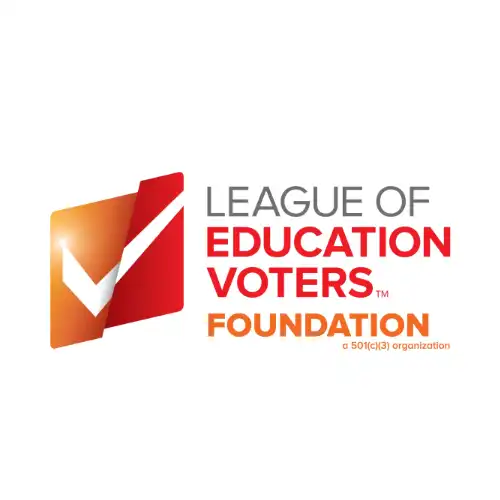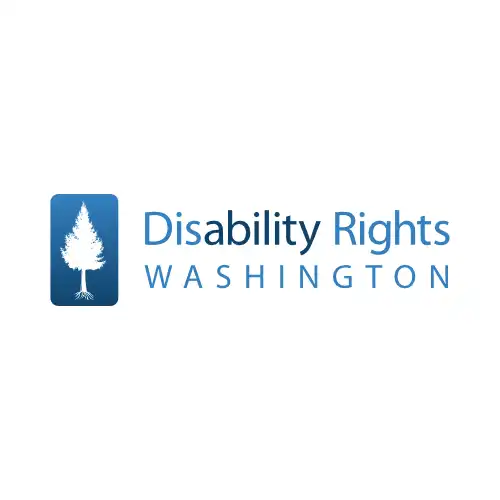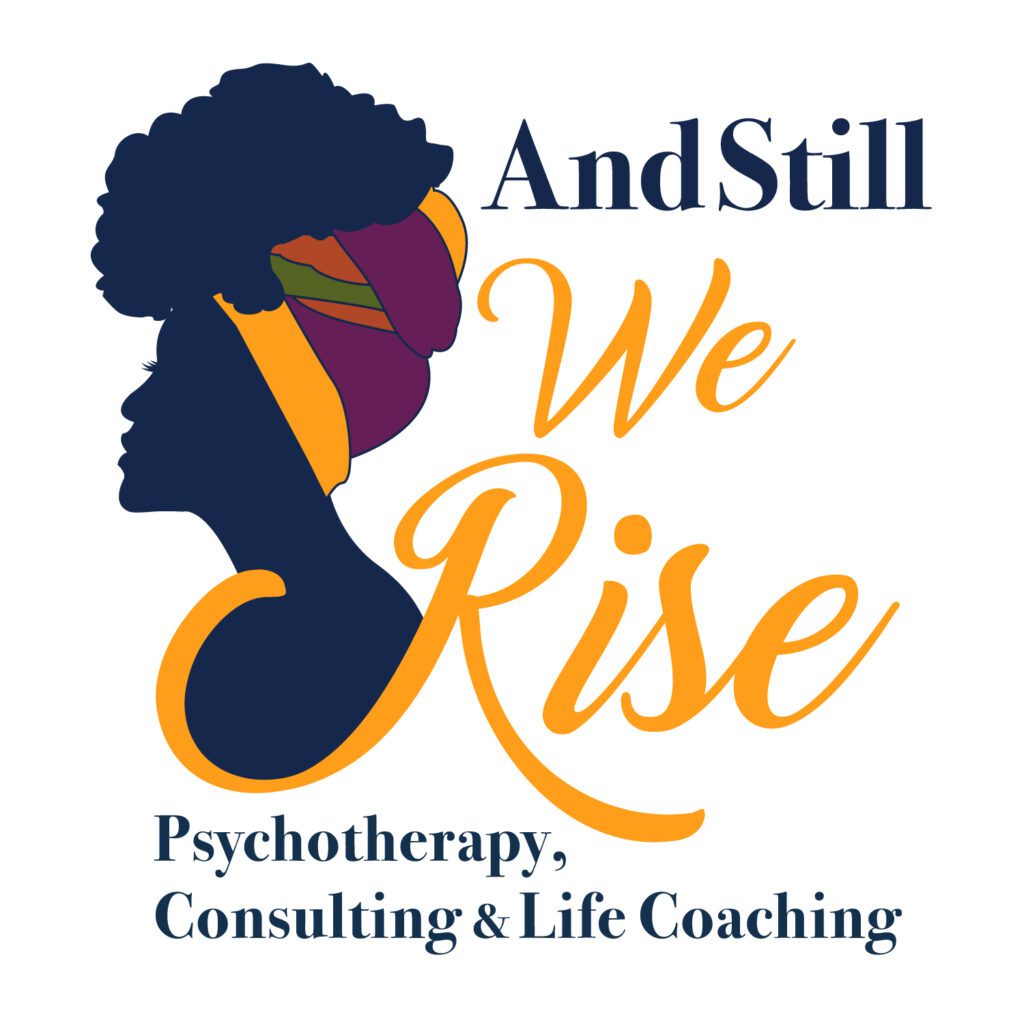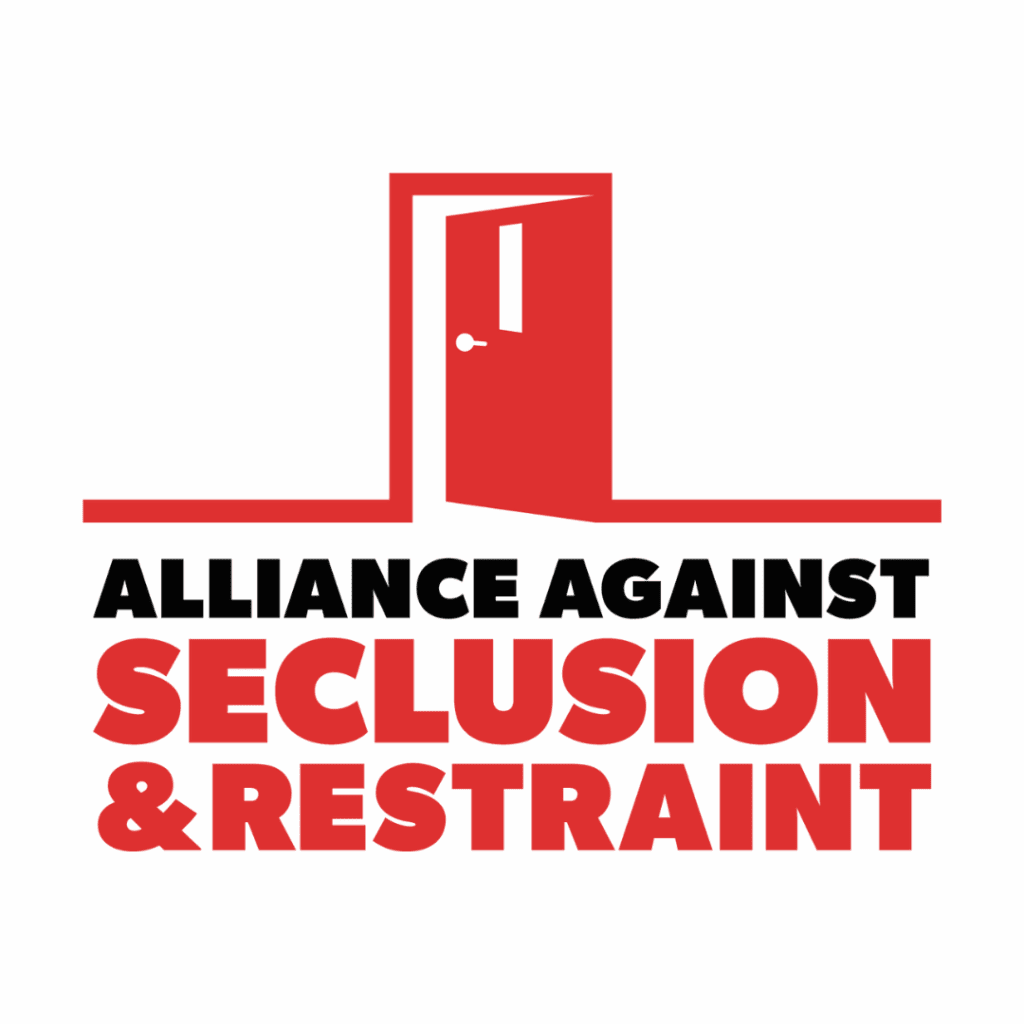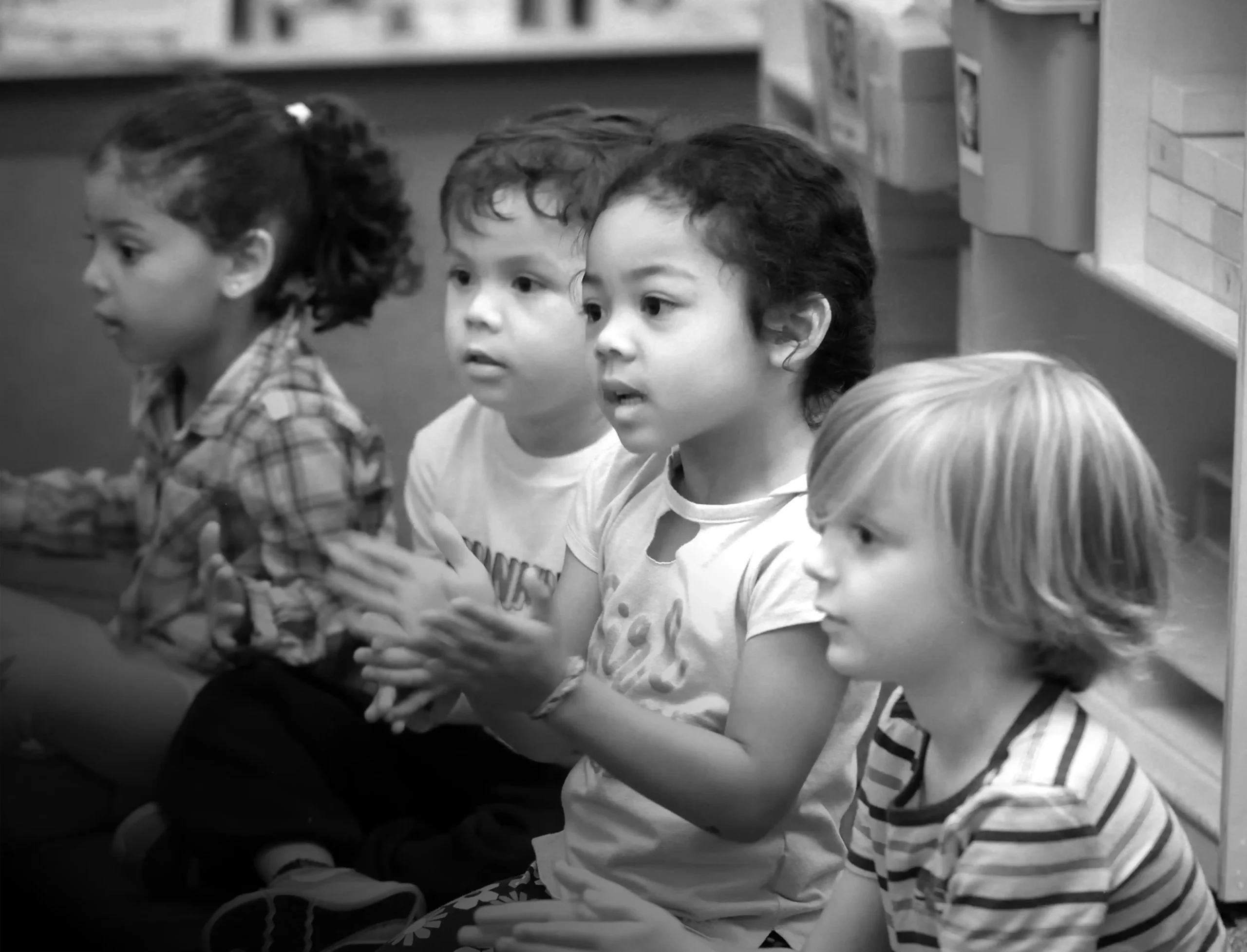
WE CAN END ISOLATION
We all benefit when educators have effective strategies to address challenging behaviors in the classroom.
Isolation is a dangerous practice used against students when they are distressed. It can be eliminated with training and support to create safe learning spaces.
Restraint means using physical holds to prevent student movement when a student is likely to harm themselves or others. Restraint can often be prevented with training and support for staff and students. There are certain types of restraint that should never be used because they can interfere with breathing and cause injury or death.
Why is isolation dangerous?
It forces dysregulated students into rooms and spaces where they are kept alone and not allowed to leave. This pushes anxious students already in flight or fight mode into escalating cycles of dysregulation, disrupting classrooms traumatizing the child, staff, and students who witness the removal.
For the isolated child, it causes nightmares, school refusal, suicidal thoughts, depression, and anxiety that last well into adulthood. Repeated cycles lead to complex PTSD.
Why is restraint dangerous?
Restraints where a child is lying face down, on their back, or forced against a wall, or any restraint that interferes with breathing can cause death. Like isolation, restraint causes nightmares, school refusal, suicidal thoughts, depression, and anxiety and complex PTSD that can last into adulthood. Additionally, restraint use has been shown to impair relationships into adulthood because of eroded trust and startle to touch.
These harmful impacts affect both students and educators. Restraint and isolation embed long-held distrust in school for students and families. Restraint and isolation are part of the school-to-prison pipeline and occur most frequently with our most vulnerable students.
- Homeless students in Washington are three times more likely to be isolated. Students in foster care are 8 times more likely.
- 9 out of 10 times, it involves a student with disabilities.
- 8 out of 10 times it involves our youngest learners – in preschool and K-5.
There is a racial component
Black students are isolated 1.5 times more often than white students. American Indian/Alaskan Native and multi-racial students are also restrained and isolated at rates higher than white students.
What works instead?
- Inclusive practices promoting safety and belonging that build trust.
- Tiered supports that help students communicate safely and learn problem-solving skills.
- Training that helps staff regulate their reactions so they can defuse situations, and dig deeper to explore the why behind complex behavior.
- School systems that identify and address student trauma and need with early intervention and support, averting crisis development.
- Awareness that children experiencing trauma or developmental delays and disabilities often learn, communicate, and experience life differently. They need support, not force.
- There are school districts in Washington state that are leading the way in eliminating isolation and reducing restraint. You can learn about them here.
How can you help?
Talk to your school board and school leaders. What actions have they taken to eliminate isolation?
Talk to your state legislators. Will they commit to banning isolation in Washington schools?
More on isolation & restraint in Washington?
REPORT – Coming Into the Light: An Examination of Restraint and Isolation Practices in Washington Schools


